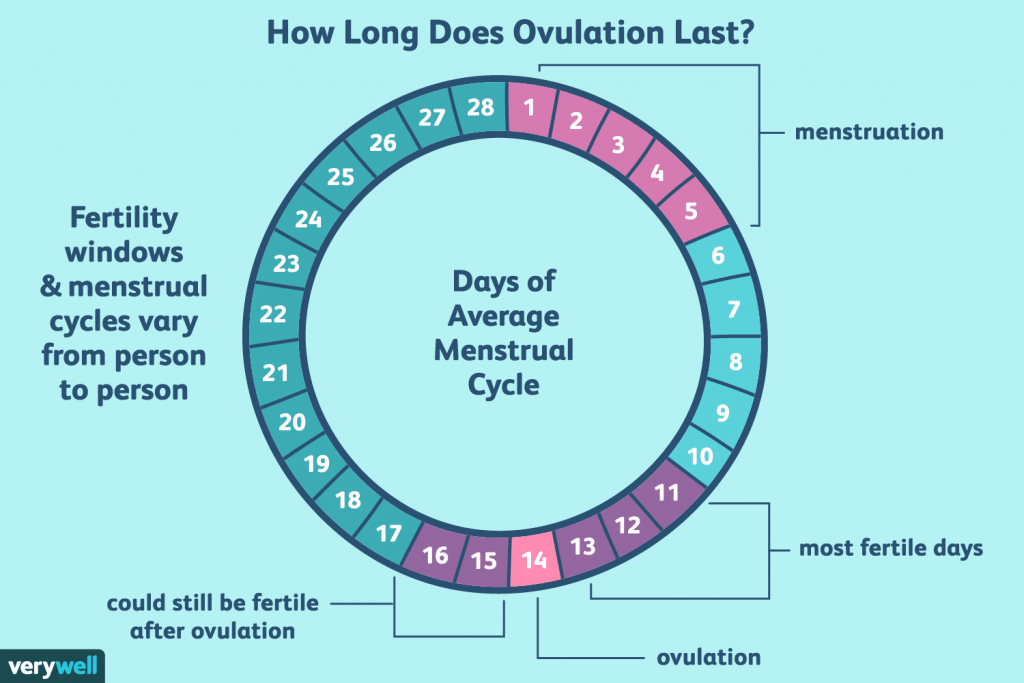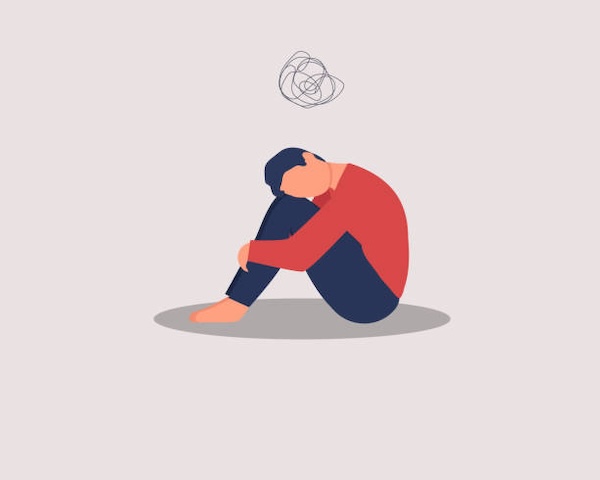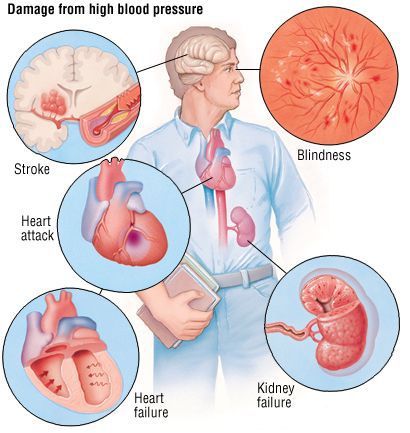Getting Pregnant – The Pain before the Joy

Register: Concise Basic Emergency Ultra Sound Course
August 27, 2018
Concise Basic Emergency Ultrasound Course with Focus on Abdominal Trauma
October 9, 2019Ovulation simply connotes the release of the egg or ovum in a woman of reproductive age. Ovulation usually involved the release of one egg per reproductive cycle in a woman. The ovum is produced in the ovary, that small pear-shaped structure that is located on both sides of the lower abdomen somehow overlying the upper part of the bony pelvis – the bony ridge in the lower part of the female abdomen.
Since it is a straight-forward fact that it is when the female’s egg is met by the male’s sperm cell that fertilization can take place leading to a potential pregnancy. The converse is also true that pregnancy can be avoided if the meeting of the egg and the sperm cell can be prevented. Thus the knowledge of when and how the egg is released in a lady is the corner stone of the prediction and prevention of pregnancy in a woman.
Over the years, medical science has researched elaborately into how and when the egg is released in the woman. These findings have subsequently led to a better understanding of fertility management and the science of contraception.

My emphasis, however, in this piece will be on the physical signs and arithmetic calculation of the timing of ovulation in women.
Both ways, all things being equal, it will serve a useful purpose for those couples yearning to have the fruit of the womb and those not yet ready for a pregnancy as the case may be for the time and place.
My modest experience in fertility and sexuality counseling has shown that for most ladies with fertility difficulties and those with an unclear understanding of the family planning methods, a self-clarified knowledge about the function of the human reproductive system may be all that is required for resolution of their problems as some examples mentioned below will suffice.
Ovulation Pain
Some twelve years back, I remember coming across this couple that had been married for five years before our meeting without the fruit of the womb. But their primary concern for the visit to the health facility where we met was because of the recurrent complaint of abdominal pain by the lady, usually reoccurring on a monthly basis.
This pain, the lady recalled has been on for many years even before she got married. Worse still is the fact that this excruciating pain more often required her been hospitalized before an appreciative improvement in the abdominal pain could be achieved. Furthermore this recurring monthly pain is not related to her menstrual flow such that it could not have been the not-so-uncommon menstrual pain; on the contrarily the recurring pain is calculated to be a mid-menstrual cycle pain.
Our subject of interest had been battling with this monthly pain for five years into her wedding, and before, to no avail. Imagining the intensity of the excruciating pain and the possible hospital admission that often followed, the question of sexual intercourse at the time for this child-drought couple is ruled out.
However, a clear physiological understanding of this miserable recurring pain soon explains the reason why our lady of interest had not been able to conceive five years into the marriage. This is because it is known fact in a number of women that at about the time of ovulation there is a consistent experience of pain at the lower portion of the abdomen. This pain may be more towards the flanks or lower sideways or it could be diffuse in character i.e. with no particular point of reverence as the actual location of the pain.
The intensity of the pain also varies from women to women. For most women, it is a dull diffuse pain in the abdomen that cannot be easily described as per its nature but it is noted to be a little disturbing. But to the lesser portion of women this pain is very much of notable intensity and it could be quite excruciating, requiring hospital visit or a worse development requiring a special care at hospital admission.
It should be noted that as it is with menstrual pain, ovulation pain is a regular monthly experience, which is known to usually occur about two weeks before the next menstrual flow.
In those fortunate enough to have the milder type of ovulation pain, this could be used to an advantage where it will serve as a natural biological alarm in their bodies announcing the about shedding of the egg in them, such that intercourse is best intensify at this time in child seeking couples. In a similar fashion, for those not desiring pregnancy such signs as pain closely related to the estimated time of ovulation will serve as an alarm song that sex is best avoided at this point of the menstrual cycle for at least two days after the pain has gone.
This clear clinical appreciation of the diffuse nature of ovulation pain can also be seen as another characteristic that human beings share with the lower animals, call it a phylogenic example that gives evidence to the theory of evolution. This is coming out of the fact that ovulation pain in women is very much similar to the near-agonizing pain that is experienced in some birds, e.g. in locally breed hens, when they are about to lay their eggs.
Ovulation pain is ordinarily physiological and not necessarily an abnormality very much similar in this context to the commoner menstrual pain. It is a normal body reaction to the maturing and the later bulging of the follicle in the ovary. The process leading to egg formation in women starts with the monthly formation of new follicles inside the ovary, usually in one ovary at a time; the follicle which contained the egg or ovum embedded in fluid becomes ripened exerting tension on the wall of the ovary preparing to burst out of the ovary into the fallopian tube where fertilization usually takes place.
It is this tension on the wall of the ovary that is experienced as the ovulation pain. The ability to tolerate this pain varies in ladies depending on their constitutional make-up and their pain threshold. This is also better understood when we reason that even in hens this expression of the egg-laying pain varies. Such that unlike in the local-breeds, it is almost effortlessly done in the so-called agric industrial-breeds i.e. the agric farms layers.
From the aforementioned, it is clear that without adequate knowledge of what is the ovulation pain and particularly what it signifies, what could have been used to an advantage can now become counter-productive in nature in child-seeking couples like the example mentioned above.
And it was this approach, around the above summarized scientific explanation of the pain at ovulation that was used to diagnose the recurrent excruciating pain of the lady in the example above and by inference an explanation of the couple’s infertility status. Such that after two months of counseling and the prophylaxis usage of very potent analgesic starting few days to the estimated day of ovulation whilst encouraging regular sexual intercourse at this period, it was not surprising that the couple soon sang the song of joy after the lady got pregnant by the third month after the counseling.
Thus from the foregoing, appropriate timing of a sexual intercourse about the day or two days before ovulation will most likely lead to a pregnancy, other factors being equal and constant. Similarly, the converse is also true that avoidance of intercourse about the same period to a large extent can also serve as a natural contraceptive and family planning formula, thus effectively preventing unwanted pregnancy.





1 Comment
thanks a bunch Doctor Goke i learnt new information about my Ovulation window
God bless you ma